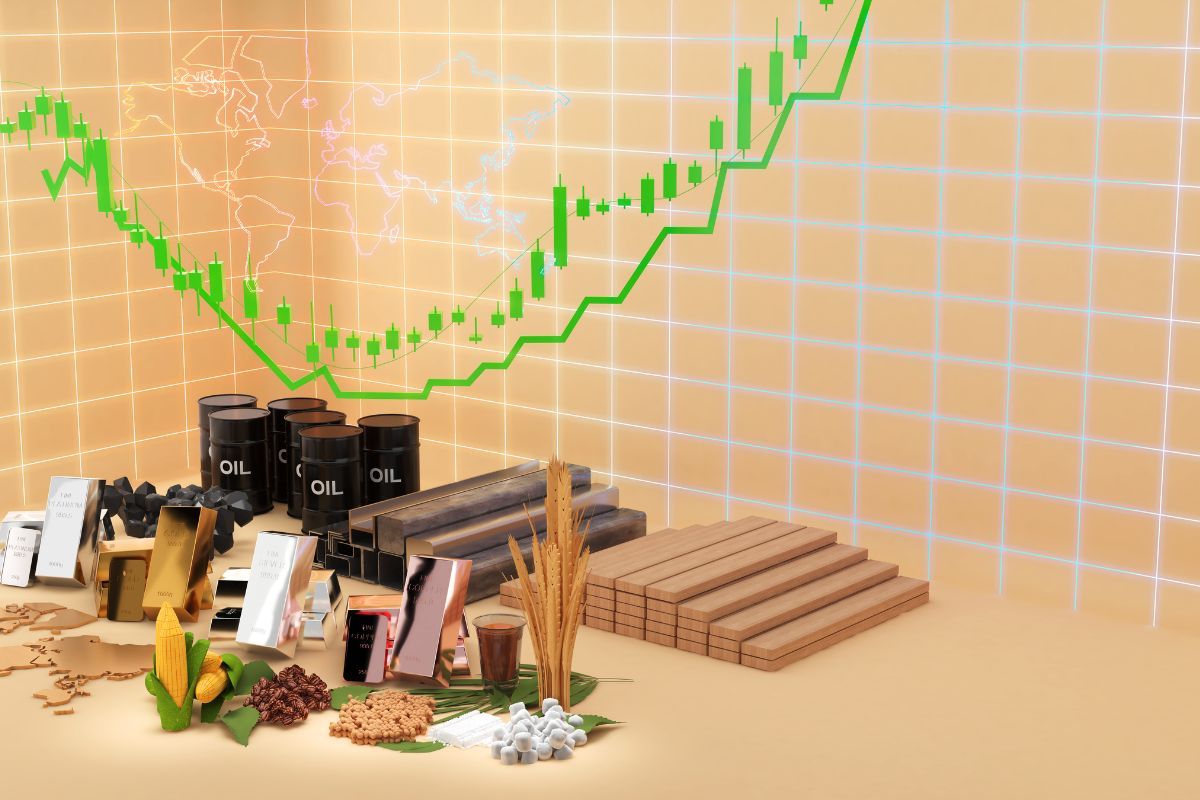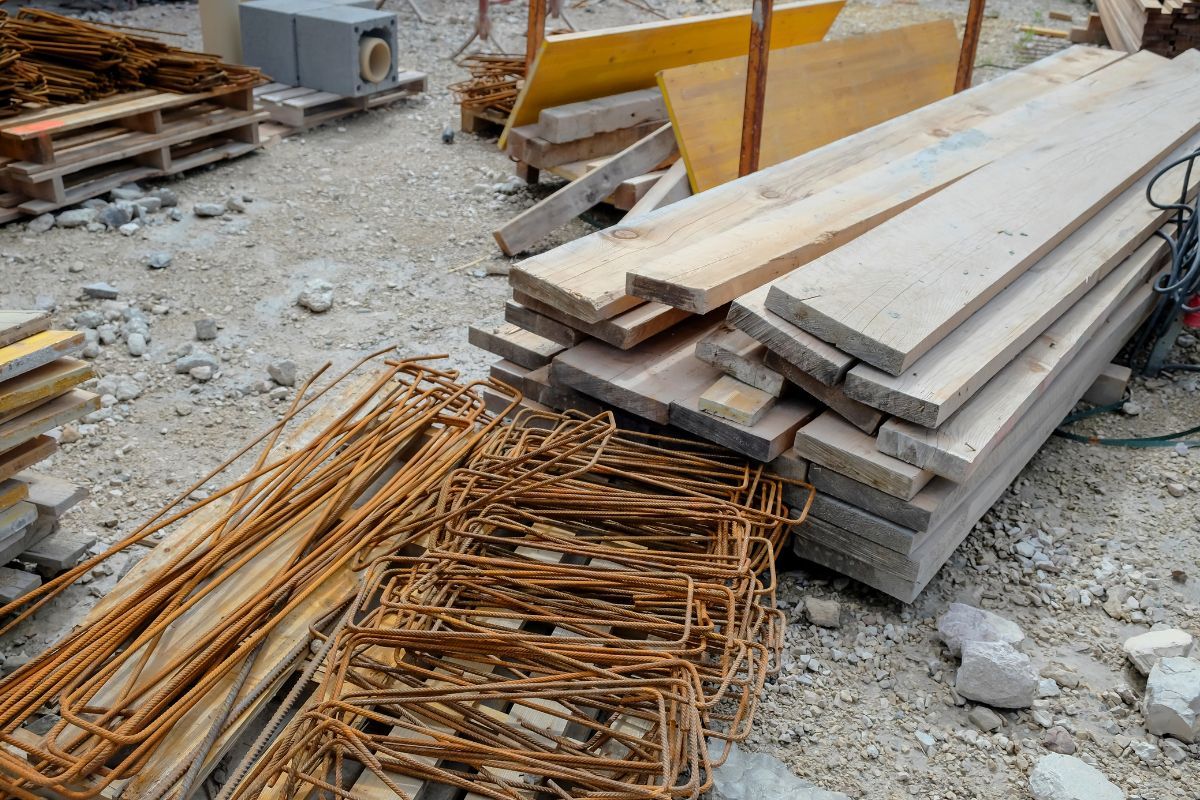The Impact of Commodities on Home Building
India's real estate market, valued at $120 billion in 2017, is expected to skyrocket to $1 trillion by 2030, signaling a boom in new home construction.

By all appearances, India is on the cusp of a significant surge in new home and property construction. It hasn’t fully come into effect yet, but the expectation is that in the coming years, more and more Indians will be building new residential properties. This was forecasted a couple of years ago when a look ahead at independent home construction cited IBEF reports concerning the value of the real estate market nationwide. Said market was reportedly worth roughly US $120 billion (about 12,000 crore INR) in 2017. By 2030, it is expected that it will be worth upwards of a staggering US $1 trillion (8.3 million crore INR). An increase of this magnitude would be due at least in large part to large numbers of new home construction projects.

Most of the real estate market’s growth is expected in the years to come. However, there is some reporting that suggests we are in the early stages of it already. For instance, data concerning launches of new housing units reveals that just over 232,000 such units materialized in 2022. That number is on track to rise to roughly 328,000 by the end of 2023, demonstrating a clear upward trajectory.
If this upward trajectory continues and real estate does trend toward its astronomical near-future projections, it will be good news for Indian homeowners, the real estate market, and likely the Indian economy as a whole. Where individuals and families considering building new homes are concerned, however, the endeavor still represents a real and significant cost that has to be considered carefully. That is to say, even if real estate growth broadly represents positive news for the economy, each building a new property is taking on a major financial commitment.
It is important to remember if you are considering building a new home or property, that the weight of that financial commitment can also fluctuate somewhat. While we often tend to think of housing and construction costs rising and falling gradually amidst broader economic trends, the costs of materials also play a significant role in how much it costs to build a home. Many of these materials are valuable commodities traded in markets around the world, and as their prices rise and fall, so too do the costs of building. Below, we want to provide a little bit more information concerning which specific commodities are in play and how you ought to monitor them to take the most considered, careful approach to home building.
What commodities are in play?
Because homes are built in different ways, the commodities in play are not always the same. A given homeowner or building company may prefer certain materials over others for purposes of durability or aesthetic quality, or even due to factors like availability and cost. As a result, not all new home-building projects will involve the same commodities.

With that said, looking at popular materials for building in India does reveal some of the common staples in home and property construction. These include wood, plastic, glass, metal, cement, bricks and blocks, and concrete. Not all of these materials (or material classes, more accurately) are traded as commodities. Wood and metal, however, have a great deal of overlap with commodities markets: Lumber, copper, steel, and aluminum are all commonly traded resources.
Some more modern home features make use of other commodities in subtle ways. For example, more homes not just in India but around the world are being built with solar panels and even battery units to provide clean power. As the world continues seeking out and implementing clean-energy solutions, we may only see more of these things in the coming decade. Notably, the costs and availability of things like solar panels and home batteries can depend on the prices of commodities such as silver, aluminum, and copper.
How can you track commodity prices?

If you are considering building a new home shortly, it makes sense to track the price movements of relevant commodities. While a dip in, say, the price of lumber won’t make a drastic difference in the total cost of a new property, most homeowners will tell you that every little bit helps. When prices on relevant resources are more reasonable, suppliers and builders don’t necessarily have to charge to make up for heavy material costs.
The easiest way to keep tabs on material values is through a commodity trading platform online. Platforms like these have become both more prevalent and more reliable in recent years. They are built to provide investors with the information and tools they need to trade commodities effectively within their broader wealth management portfolios. Even if you aren’t actively trading, however, you can access these platforms to get an up-to-date look at the latest price listings for a range of commodities, including those that relate to home building.
How do prices look right now?
Commodity price trends at the time of this writing should be taken only as general indications of the market as of the autumn of 2023. These things can shift in a hurry, which means it is a good idea for you to take another look at pricing whenever it is that you’re preparing to build and speaking with construction companies. That said, we can offer a few words on how relevant commodities are trending at this time.
The price of lumber is up slightly throughout 2023, but down more than 21% over the last five years – meaning now may be a good time to take advantage of relatively low costs. Relevant metals, meanwhile, have tended to lose value throughout 2023, though they are up over the last five-year period. Copper and aluminum are down roughly 6% and 9% respectively this year, but up 28.45% and 14.91% over five years.
There is no way to time your home-building project precisely to take advantage of material costs, but keeping an eye on the markets will only help you. And once again, every little bit helps.
We hope this has helped to clarify how commodities can impact home building, and how you can monitor prices to try to maximize savings during the construction process. Best of luck if you’re building a new home, and please check back for any home maintenance needs you may have once you’re set up in your new house!




Comments ()